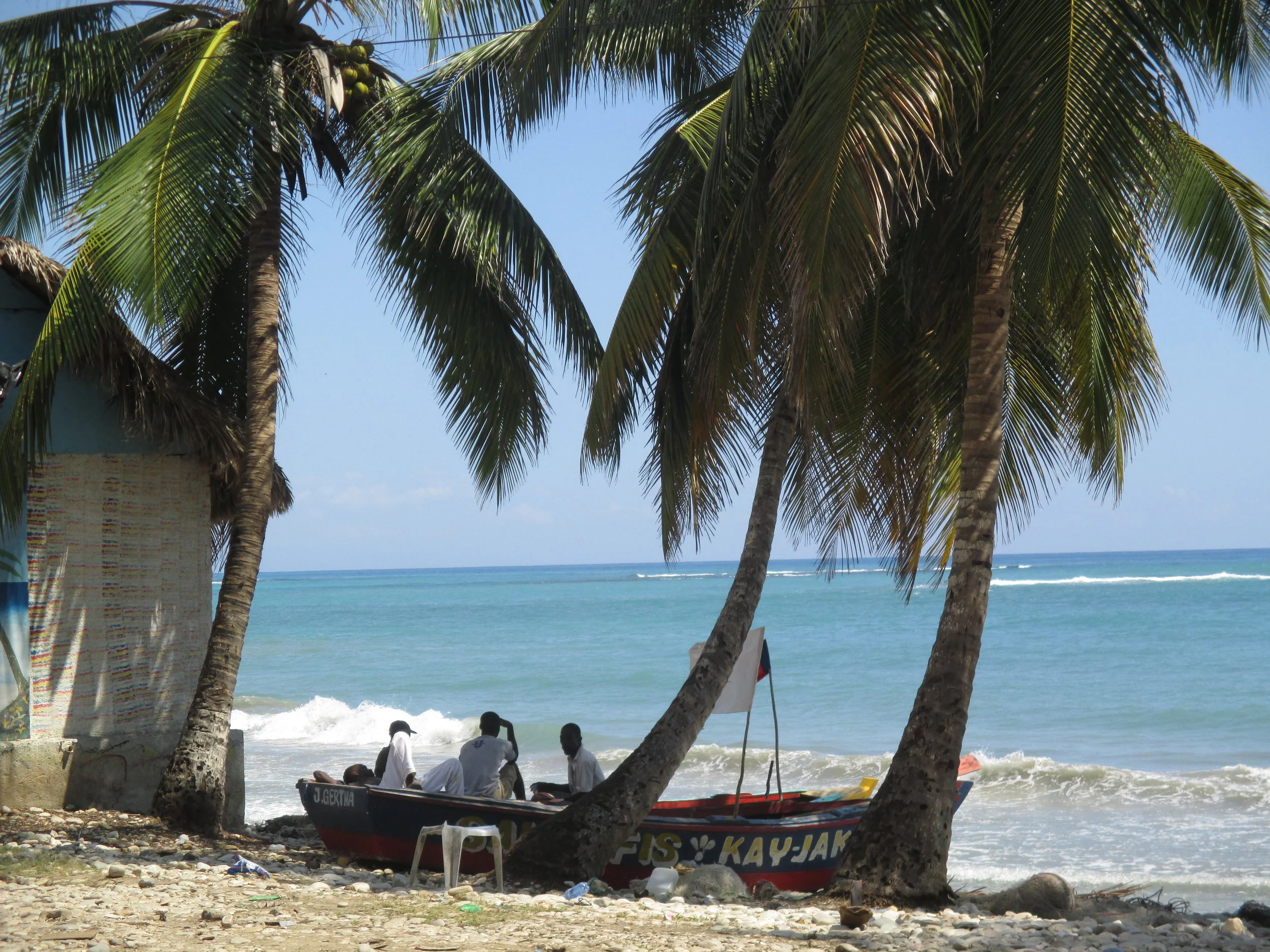POST HAITIAN REVOLUTION
The massacre of French planters enraged the world. Haiti found itself barred from world commerce. Americans feared that any contact with Haiti might encourage American slaves to rebel. The U.S. instituted a trade embargo in 1806.
To eliminate any threat from France, a Treaty was reached in 1825, while fourteen French warships anchored off Port-au-Prince. The Treaty stated that France would recognize Haiti as an independent country in return for 150 million francs in restitution for the French planters. Later reduced to 70 million francs ($3 billion today), it was a crushing economic blow.
In 1862, almost 60 years after independence, the U.S. finally recognized Haiti.
FREDERICK DOUGLASS
Frederick Douglass served as American Ambassador to Haiti from 1889-1891.
In 1893, Douglass delivered an address at the dedication of the Haitian Pavilion at the World’s Columbian Exposition in Chicago, stating to those African Americans in attendance:
We should not forget that the freedom you and I enjoy today… is largely due to the brave stand taken by the black sons of Haiti 90 years ago…striking for their freedom, they struck for the freedom of every black man in the world.
U.S. INVASION OF HAITI
On July 28, 1915, U.S. Marines landed in Haiti on the orders of President Wilson, who feared that European interests might reduce American influence in Haiti and in the region surrounding the Panama Canal.
Germany’s growing commercial interests in Haiti were another major concern. One of the first actions was to move Haiti’s financial reserves to the U.S. and then rewrite Haiti’s Constitution to give foreigners land-owning rights.
During the nineteen years of the occupation, 15,000 Haitians were killed. Any resistance was crushed. With the barriers to foreign ownership now overcome, U.S. investors quickly moved in to take large tracts of land and took advantage of extremely cheap labor.

